
Kód: 04562290
Virtual Art
Autor Oliver Grau
Although many people view virtual reality as a totally new phenomenon, it has its foundations in an unrecognized history of immersive images. Indeed, the search for illusionary visual space can be traced back to antiquity. In this ... celý popis
- Jazyk:
 Angličtina
Angličtina - Vazba: Brožovaná
- Počet stran: 430
Nakladatelství: MIT Press Ltd, 2004
- Více informací o knize

1067 Kč
Dostupnost:
50 % šance Máme informaci, že by titul mohl být dostupný. Na základě vaší objednávky se ho pokusíme do 6 týdnů zajistit.
Máme informaci, že by titul mohl být dostupný. Na základě vaší objednávky se ho pokusíme do 6 týdnů zajistit.Prohledáme celý svět
Mohlo by se vám také líbit
-

Pop Manga Cute and Creepy Coloring Book
362 Kč -

Harry Potter - Christmas at Hogwarts: A Movie Scrapbook
335 Kč -

HIIT: High Intensity Intercourse Training
276 Kč -
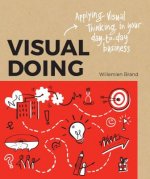
Visual Doing
517 Kč -

Firefly Encyclopedia
1067 Kč -

WE HUNT THE FLAME
407 Kč -

Lonely Planet Epic Runs of the World
677 Kč -

Percy Jackson and the Olympians the Last Olympian: The Graphic Novel
347 Kč -

Friend Zone: the most hilarious and heartbreaking romantic comedy
276 Kč -
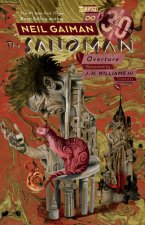
Sandman Vol. 0: Overture 30th Anniversary Edition
476 Kč -

Ascendance of a Bookworm: Part 1 Volume 1
322 Kč -

CCNA 200-301 Official Cert Guide, Volume 1
1033 Kč -

Macrame for the Modern Home
357 Kč -

Build A Lego Mustang
476 Kč -

The Golden Tarot
473 Kč -

Final Fantasy XIV: Heavensward - The Art of Ishgard -Stone and Steel-
885 Kč -

Peace Talks
279 Kč -

World Almanac and Book of Facts 2022
371 Kč -

Do Nothing
302 Kč -

Grains of Gold Coloring Book
324 Kč -

Dark Origins
330 Kč -

Harry Potter: Gryffindor House Pride
283 Kč -

King of Battle and Blood
199 Kč -

Masters of Death
294 Kč -
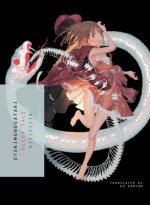
Otorimonogatari
389 Kč -

The 100
302 Kč -

First Words
99 Kč -

How to Be Happy (or at least less sad)
356 Kč -

Tragedy and Hope
1124 Kč -

Peggy Guggenheim
398 Kč -

Blind Watchmaker
378 Kč -

Effective C++
1215 Kč -

Guards! Guards!
247 Kč -

Wind-Up Plane
428 Kč -

The Checklist Manifesto
323 Kč -

Warren Buffett and the Interpretation of Financial Statements
302 Kč -

Challenger Sale
695 Kč -

One Piece, Vol. 81
224 Kč -

Vice Versa Tarot Kit
766 Kč -
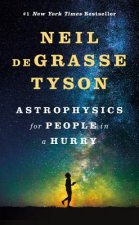
Astrophysics for People in a Hurry
404 Kč -

Attack On Titan 21
279 Kč -

Miss Peregrine's Home For Peculiar Children: The Graphic Novel
436 Kč -

The Tucci Cookbook
849 Kč -

The Daily Stoic
351 Kč -

Mit Erfolg zu telc Deutsch B2 / Testbuch + online
636 Kč -

Novem Portis
1639 Kč -

KLEINE PRINZ
129 Kč -

Corrupt
242 Kč -

Harry Potter Und Die Kammer Des Schreckens
262 Kč
Darujte tuto knihu ještě dnes
- Objednejte knihu a zvolte Zaslat jako dárek.
- Obratem obdržíte darovací poukaz na knihu, který můžete ihned předat obdarovanému.
- Knihu zašleme na adresu obdarovaného, o nic se nestaráte.
Informovat o naskladnění knihy
Zadejte do formuláře e-mailovou adresu a jakmile knihu naskladníme, zašleme vám o tom zprávu. Pohlídáme vše za vás.
Více informací o knize Virtual Art
Nákupem získáte 107 bodů
 Anotace knihy
Anotace knihy
Although many people view virtual reality as a totally new phenomenon, it has its foundations in an unrecognized history of immersive images. Indeed, the search for illusionary visual space can be traced back to antiquity. In this book, Oliver Grau shows how virtual art fits into the art history of illusion and immersion. He describes the metamorphosis of the concepts of art and the image and relates those concepts to interactive art, interface design, agents, telepresence, and image evolution. Grau retells art history as media history, helping us to understand the phenomenon of virtual reality beyond the hype.Grau shows how each epoch used the technical means available to produce maximum illusion. He discusses frescoes such as those in the Villa dei Misteri in Pompeii and the gardens of the Villa Livia near Primaporta, Renaissance and Baroque illusion spaces, and panoramas, which were the most developed form of illusion achieved through traditional methods of painting and the mass image medium before film. Through a detailed analysis of perhaps the most important German panorama, Anton von Werner's 1883 The Battle of Sedan, Grau shows how immersion produced emotional responses. He traces immersive cinema through Cinerama, Sensorama, Expanded Cinema, 3-D, Omnimax and IMAX, and the head mounted display with its military origins. He also examines those characteristics of virtual reality that distinguish it from earlier forms of illusionary art. His analysis draws on the work of contemporary artists and groups ART+COM, Maurice Benayoun, Charlotte Davies, Monika Fleischmann, Ken Goldberg, Agnes Hegedues, Eduardo Kac, Knowbotic Research, Laurent Mignonneau, Michael Naimark, Simon Penny, Daniela Plewe, Paul Sermon, Jeffrey Shaw, Karl Sims, Christa Sommerer, and Wolfgang Strauss. Grau offers not just a history of illusionary space but also a theoretical framework for analyzing its phenomenologies, functions, and strategies throughout history and into the future.
 Parametry knihy
Parametry knihy
Zařazení knihy Knihy v angličtině The arts History of art / art & design styles
1067 Kč
- Plný název: Virtual Art
- Podnázev: From Illusion to Immersion
- Autor: Oliver Grau
- Jazyk:
 Angličtina
Angličtina - Vazba: Brožovaná
- Počet stran: 430
- EAN: 9780262572231
- ISBN: 0262572230
- ID: 04562290
- Nakladatelství: MIT Press Ltd
- Hmotnost: 620 g
- Rozměry: 228 × 173 × 24 mm
- Datum vydání: 17. September 2004
Oblíbené z jiného soudku
-
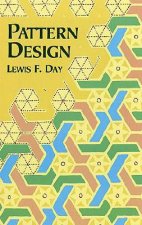
Pattern Design
428 Kč -
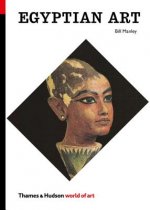
Egyptian Art
355 Kč -
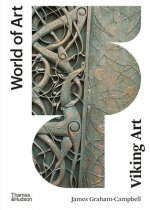
Viking Art
410 Kč -
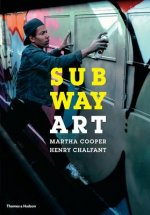
Subway Art
517 Kč -

The Secret Lives of Color
479 Kč -
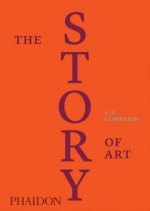
Story of Art, Luxury Edition
1637 Kč -

Hands
282 Kč -
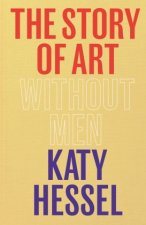
Story of Art without Men
837 Kč -
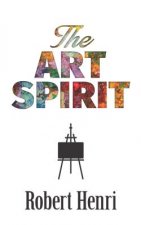
Art Spirit
283 Kč -
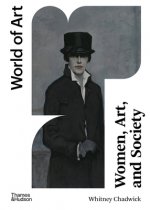
Women, Art, and Society
616 Kč -

Art Book
647 Kč -

Museum Age in Austria-Hungary
2874 Kč -

Sister Wendy's 100 Best-loved Paintings
731 Kč -

Great Women Artists
1233 Kč -

Anatomy of Viking Art
382 Kč -
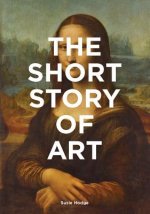
The Short Story of Art
420 Kč -
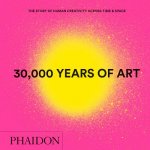
30,000 Years of Art
747 Kč -
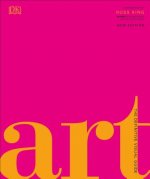
Art: The Definitive Visual Guide
1672 Kč -
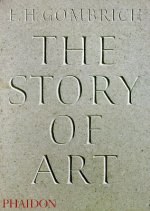
The Story of Art
1008 Kč -

World History of Art, Revised 7th ed.
1211 Kč -
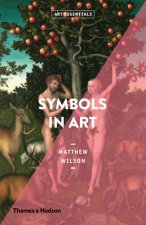
Symbols in Art
356 Kč -

History of Pictures
542 Kč -
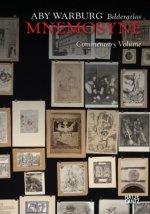
Aby WarburgThe Bilderatlas Mnemosyne - Commentary Volume
1271 Kč -
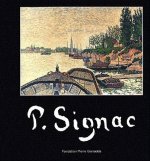
Paul Signac
1319 Kč -

Yellow
949 Kč -
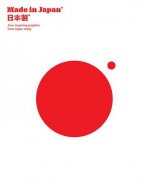
Made in Japan
1034 Kč -

Art Nouveau Ornamentation
503 Kč -
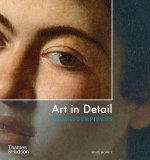
Art in Detail
677 Kč -
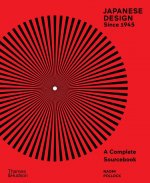
Japanese Design Since 1945
1349 Kč -

Divided Soul
444 Kč -
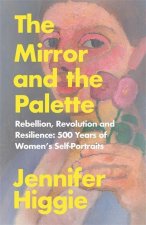
Mirror and the Palette
323 Kč -

Greek Myths
723 Kč -
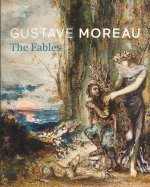
Gustave Moreau
1153 Kč -

Treasury of Audubon Birds
569 Kč -

Victorian All Over Patterns for Artists and Designers
269 Kč -
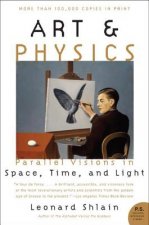
Art & Physics
365 Kč -

Collector's Guide to Peasant Silver Buttons
582 Kč -
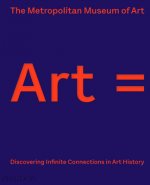
Art =
1650 Kč -
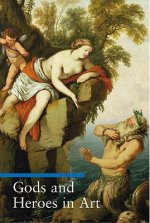
Gods and Heroes in Art
671 Kč -
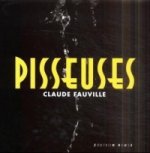
Pisseuses
2109 Kč -

Pictures and Tears
1299 Kč -
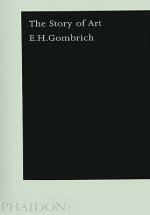
The Story of Art
648 Kč -

Art History: A Very Short Introduction
249 Kč -

Islamic Design Workbook
410 Kč -

Treasury of Flower Designs for Artists, Embroiderers and Craftsmen
210 Kč -

Art & Queer Culture
913 Kč -

Beyond Faberge: Imperial Russian Jewelry
2292 Kč -

Victorian Floral Illustrations
382 Kč -
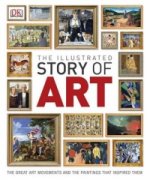
Illustrated Story of Art
1412 Kč
Osobní odběr Praha, Brno a 12903 dalších
Copyright ©2008-24 nejlevnejsi-knihy.cz Všechna práva vyhrazenaSoukromíCookies


 Vrácení do měsíce
Vrácení do měsíce 571 999 099 (8-15.30h)
571 999 099 (8-15.30h)